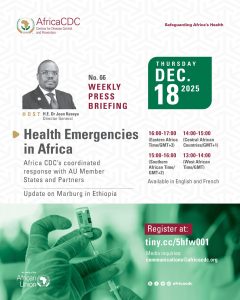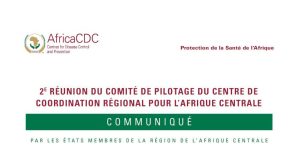Located in the eastern part of the Democratic Republic of Congo (DRC), North Kivu Province has a relatively well-developed road network, which makes mobility in the province relatively easy. There is often a heavy traffic of people straddling cities, and even across the Congolese borders, in search of suppliers or buyers of goods and services and for safety due to the current insecurity in the area. The city of Beni, particularly, receives thousands of residents from neighbouring cities like Biakato, Mangina and Malako who seek healthcare services at the general hospital.
“Almost five years ago, owners of beautiful buildings in Beni were mostly farmers, but today the situation is different. Since access to Mayangose’s agricultural space has been reduced due to insecurity, almost all of us have switched to trading as the only activity that allows us to meet up with the cost of living,” said Adam Elisha, a trader in Beni-Oicha.
Such mobility has serious implications for the current Ebola response. The Ministry of Public Health reports that it is the main cause of new cases of Ebola infection in some health areas within the province.
“Preliminary investigations revealed that of the seven new confirmed cases in Beni since 20 March 2019, six are linked to a chain of transmission from Biakato Mine,” said Dr Bibiche Matady, Africa CDC Epidemiologist in Beni.
To prevent mobility-induced transmission of infection, the Ebola Monitoring Commission and other pillars of the response began strengthening their community-based surveillance. They began collecting vital health and social information about incoming travellers, to detect potential contacts from epidemic health areas. They now conduct orientation and awareness sessions for passengers and drivers with the support of the Beni Urban Authority.
Through collaboration between the hygiene services and law enforcement agencies, travellers are directed to handwash with chlorinated water upon arrival at community checkpoints and they are screened for signs and symptoms of infection. Passengers who escape control by using sliding paths are reached through the mass media, while others are reached through the health centres.
“Another strategy is active case finding in health facilities, which has been strengthened as some displaced people seek healthcare services,” said Dr Matady.







